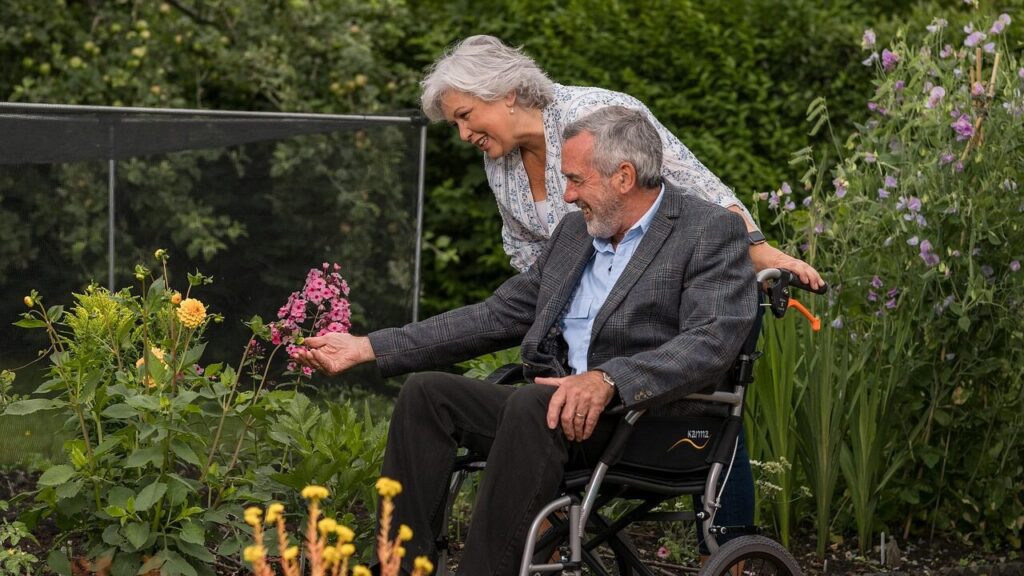
Navigating the world of medical equipment funding can feel overwhelming, especially when you’re already dealing with health challenges or mobility limitations. For Alberta residents, the Alberta Aids to Daily Living (AADL) program represents a crucial lifeline, providing financial assistance for essential medical equipment and supplies. Understanding how this program works, what it covers, and how to access benefits can significantly impact your quality of life and financial well-being.
At LIFEmed, we’ve helped thousands of Albertans navigate the AADL system successfully. This comprehensive guide will walk you through everything you need to know about AADL funding, from eligibility requirements to the application process, helping you access the mobility and medical equipment you need to maintain independence and comfort in your daily life.
What is Alberta Aids to Daily Living (AADL)?
The Alberta Aids to Daily Living program is a provincial government initiative designed to help Albertans with long-term disabilities, chronic health conditions, or temporary medical needs access essential medical equipment and supplies. Established to ensure that financial barriers don’t prevent people from obtaining necessary health aids, AADL covers a wide range of products from basic medical supplies to complex mobility equipment.
The program operates on a cost-sharing model, where the government covers a significant portion of approved equipment costs, while clients contribute based on their family income and the specific product category. This approach makes essential medical equipment accessible to Albertans across various income levels, ensuring that health and mobility needs don’t create undue financial hardship.
AADL recognizes that medical equipment is not a luxury but a necessity for maintaining health, independence, and quality of life. The program’s scope extends beyond basic medical supplies to include sophisticated mobility aids, respiratory equipment, and specialized seating solutions that can dramatically improve daily living for people with various health conditions.
AADL Equipment Categories and Coverage
Mobility Equipment Coverage
AADL provides substantial coverage for various mobility aids, recognizing that freedom of movement is fundamental to independence and quality of life. The program covers manual wheelchairs, power wheelchairs, mobility scooters, walkers, and specialized mobility accessories.
For wheelchair users, AADL coverage includes not just the basic wheelchair frame but also essential accessories like specialized cushions, positioning supports, and customization features needed for comfort and safety. Power mobility options are covered when medical necessity is established, including sophisticated power wheelchairs and mobility scooters for individuals who cannot propel manual wheelchairs effectively.
The program also covers mobility accessories such as wheelchair ramps, transfer boards, and specialized seating systems. These additions often make the difference between basic mobility and truly functional independence, allowing users to navigate their homes and communities safely and comfortably.
Respiratory and Medical Equipment
AADL coverage extends to critical respiratory equipment including oxygen concentrators, CPAP machines, ventilators, and related supplies. For individuals with breathing difficulties, sleep apnea, or other respiratory conditions, this coverage can be life-changing, providing access to equipment that might otherwise be prohibitively expensive.
Medical supplies covered include wound care products, incontinence supplies, diabetic testing supplies, and specialized nutrition products. The program recognizes that ongoing medical conditions require continuous supplies, and coverage helps ensure that treatment compliance isn’t compromised by financial constraints.
Seating and Positioning Solutions
Specialized seating and positioning equipment represents another crucial category of AADL coverage. This includes custom wheelchair cushions, positioning systems, and specialized chairs designed to prevent pressure sores, improve posture, and enhance comfort for individuals who spend extended periods seated.
Proper seating solutions are particularly important for preventing secondary health complications. Pressure sores, poor posture, and discomfort can lead to serious health issues and reduced quality of life. AADL’s coverage of these specialized solutions helps prevent costly medical complications while improving daily comfort and function.
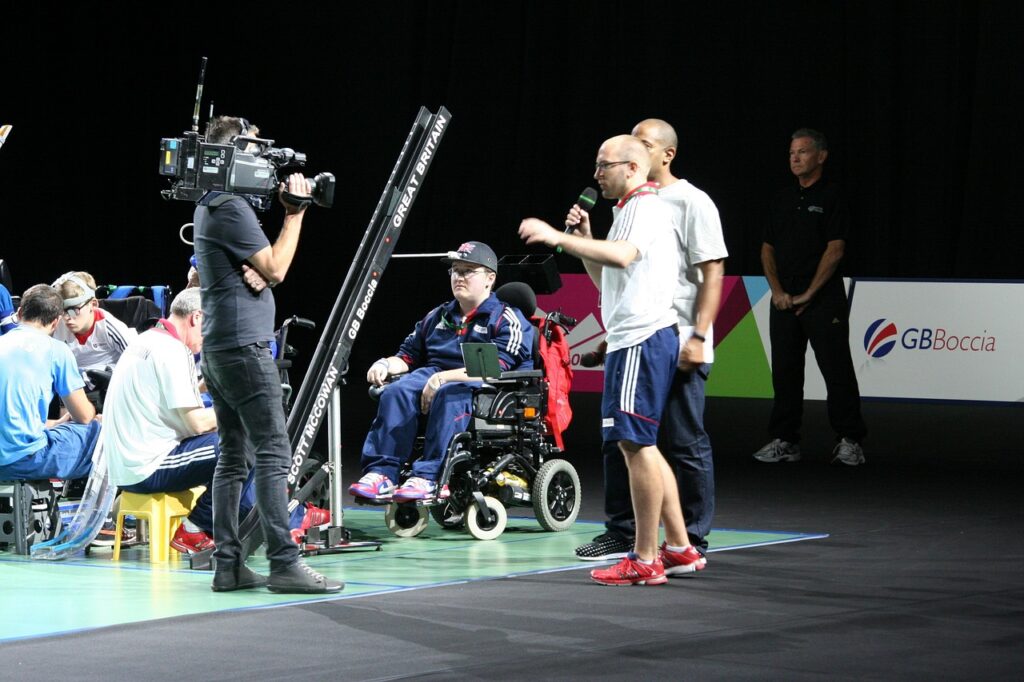
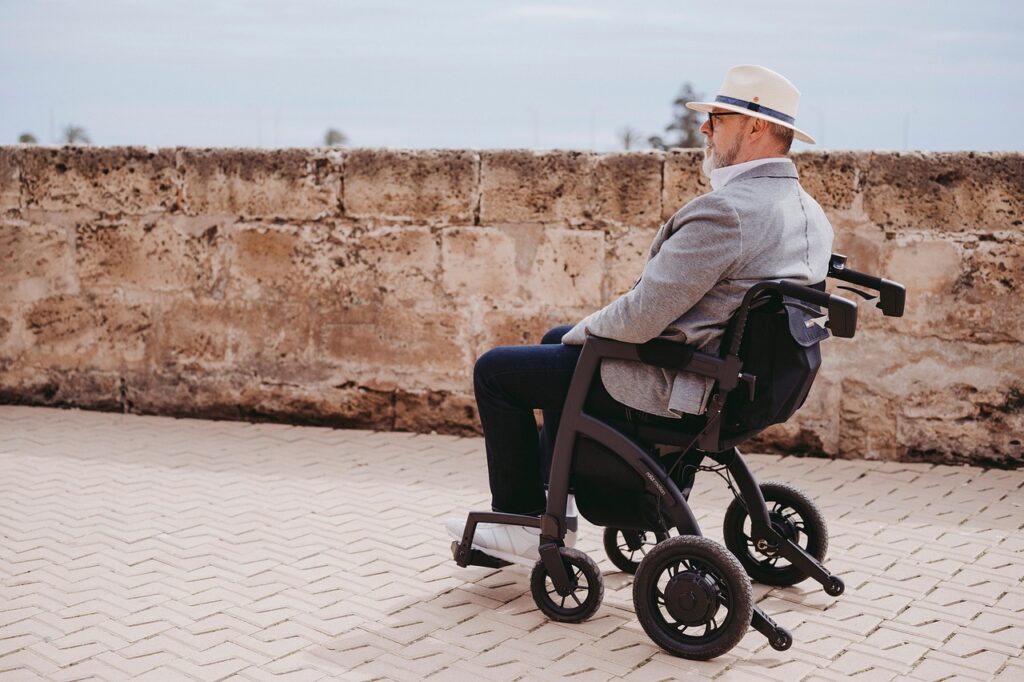
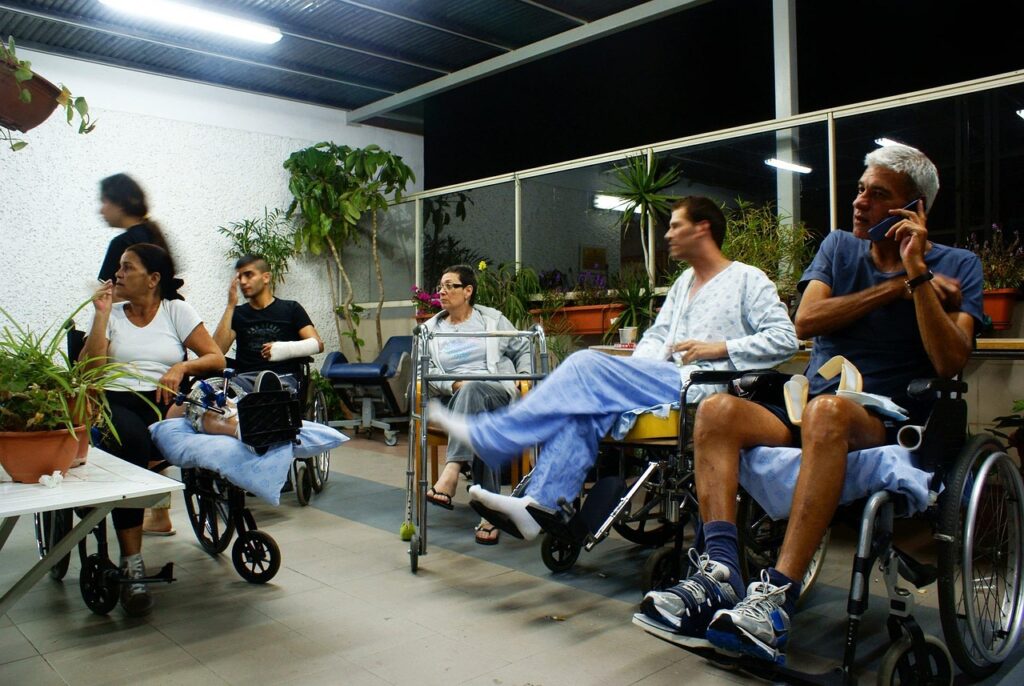
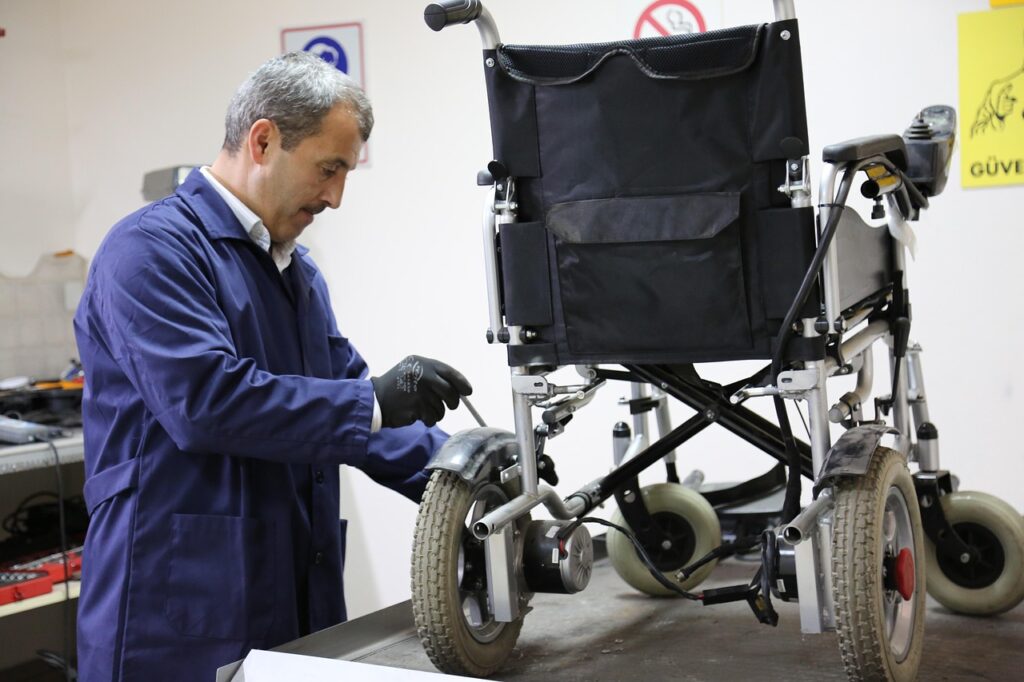
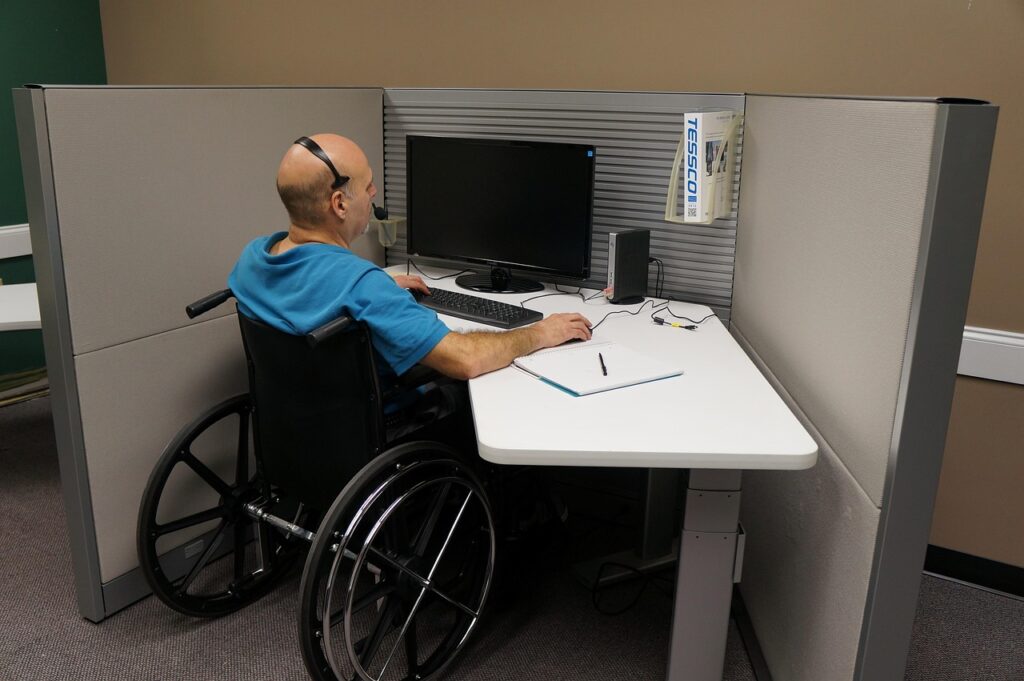
Eligibility Requirements and Assessment Process
Who Qualifies for AADL?
AADL eligibility is based on several factors, including Alberta residency, medical necessity, and the nature of your health condition. You must be an Alberta resident with valid Alberta Health coverage to qualify for AADL benefits. The program serves individuals with long-term disabilities, chronic health conditions, or temporary medical needs that require assistive equipment.
Medical necessity must be established through proper documentation from qualified healthcare professionals. This typically involves assessments from physicians, occupational therapists, physical therapists, or other relevant healthcare providers who can document your specific needs and recommend appropriate equipment.
The program doesn’t discriminate based on age, serving everyone from pediatric patients to seniors. Whether you’re dealing with a congenital condition, acquired disability, age-related mobility changes, or temporary medical needs, AADL may provide coverage if medical necessity is established.
The Assessment Process
The AADL assessment process begins with a referral from a qualified healthcare professional. Your doctor, occupational therapist, or other healthcare provider will assess your needs and determine what equipment would be most beneficial for your condition and lifestyle.
During the assessment, healthcare professionals evaluate your functional abilities, living environment, and specific equipment needs. They consider factors like your home layout, daily activities, caregiver support, and long-term prognosis to recommend equipment that will provide maximum benefit.
The assessment process is thorough because proper equipment selection is crucial for both effectiveness and safety. Understanding how to choose the right wheelchair dealer becomes important during this phase, as experienced dealers can provide valuable input during assessments and help ensure you receive equipment that truly meets your needs.
Application Process and Documentation
Required Documentation
Successful AADL applications require comprehensive documentation that clearly establishes medical necessity and appropriateness of the requested equipment. This typically includes detailed medical reports, assessment forms completed by qualified healthcare professionals, and specific equipment recommendations.
Healthcare providers must document your diagnosis, functional limitations, and how the requested equipment will address your specific needs. The documentation should clearly explain why the equipment is medically necessary and how it will improve your function, safety, or quality of life.
Income verification may also be required to determine your cost-sharing level. AADL uses a sliding scale based on family income, so accurate income documentation ensures you receive appropriate cost-sharing benefits.
Working with Authorized Dealers
AADL works exclusively with authorized dealers who understand the program requirements and can navigate the application process effectively. Finding a dealer who is experienced with AADL applications can significantly streamline the process and improve your chances of approval.
Authorized dealers like LIFEmed understand AADL requirements and can help ensure your application includes all necessary documentation. We work closely with healthcare professionals to provide comprehensive assessments and detailed equipment recommendations that meet AADL standards.
Experienced dealers also understand the technical specifications and features that AADL covers, helping you select equipment that maximizes your benefits while meeting your specific needs. This expertise can prevent delays and rejections that often occur when applications don’t meet program requirements.
Cost-Sharing and Financial Considerations
Understanding Your Financial Responsibility
AADL operates on a cost-sharing model where your financial contribution depends on your family income and the equipment category. The program uses income thresholds to determine cost-sharing levels, with lower-income families receiving higher levels of government support.
For many equipment categories, AADL covers 75% of approved costs, while clients pay 25%. However, cost-sharing percentages can vary based on income level and specific equipment types. Some low-income families may qualify for 100% coverage, while others may have different cost-sharing arrangements.
Understanding your cost-sharing responsibility helps you budget for equipment purchases and explore additional funding sources if needed. Information about financing your wheelchair purchase can be valuable when AADL coverage doesn’t cover your entire equipment cost.
Additional Funding Sources
While AADL provides substantial coverage, some individuals may need additional funding to cover their portion of equipment costs. Various charitable organizations, service clubs, and foundations provide grants for medical equipment purchases.
Some private insurance plans also provide coverage that can supplement AADL benefits. Coordinating between AADL and private insurance can sometimes provide comprehensive coverage that minimizes out-of-pocket expenses.
Veterans Affairs Canada, Workers’ Compensation, and other government programs may also provide equipment funding for individuals who qualify under specific circumstances. Understanding all available funding sources helps maximize your benefits and minimize personal costs.
Maintenance, Repairs, and Ongoing Support
Equipment Maintenance Under AADL
AADL coverage includes provisions for equipment maintenance and repairs, recognizing that medical equipment requires ongoing care to function safely and effectively. The program covers necessary repairs and maintenance for covered equipment, helping ensure your equipment remains functional throughout its expected lifespan.
Regular maintenance is crucial for both safety and longevity of medical equipment. Power wheelchairs, mobility scooters, and other complex equipment require periodic servicing to maintain optimal performance and prevent breakdowns that could compromise your mobility and independence.
Understanding how local dealers support wheelchair users with repairs and maintenance is important for AADL clients, as authorized dealers provide the technical expertise and parts access needed for effective equipment service.
Replacement and Upgrade Considerations
AADL has specific guidelines regarding equipment replacement and upgrades. Generally, equipment must reach the end of its expected lifespan or become inappropriate for your current needs before replacement is approved.
The program recognizes that medical conditions can change over time, and equipment needs may evolve accordingly. If your condition deteriorates or improves significantly, you may qualify for different equipment that better meets your current functional level.
Planning for equipment replacement involves understanding AADL timelines and working with healthcare professionals to document changes in your condition or needs. Early planning helps ensure continuity of equipment access and prevents gaps in coverage that could impact your mobility and independence.
Maximizing Your AADL Benefits
Working with Healthcare Professionals
Success with AADL often depends on strong collaboration with qualified healthcare professionals who understand both your needs and program requirements. Regular communication with your healthcare team ensures that equipment recommendations remain current and appropriate for your condition.
Healthcare professionals can also help advocate for coverage of specialized equipment or features that may not be routinely covered but are medically necessary for your specific situation. Their expertise and documentation can make the difference between approval and denial for complex or unusual equipment requests.
Staying Informed About Program Changes
AADL policies and covered equipment lists can change over time. Staying informed about program updates ensures you don’t miss opportunities for new coverage or improvements to existing benefits.
Regular communication with authorized dealers and healthcare professionals helps you stay current on program changes and new equipment options that might benefit your condition. These professionals often receive updates about program changes and can help you understand how changes might affect your coverage.
The Alberta Aids to Daily Living program represents a vital resource for Albertans who need medical equipment and mobility aids. Understanding how the program works, what it covers, and how to navigate the application process can significantly impact your access to essential equipment and your overall quality of life.
At LIFEmed, we’re committed to helping you maximize your AADL benefits while finding equipment solutions that truly meet your needs. Our experience with the AADL program, combined with our commitment to treating clients like family, ensures you receive both the technical expertise and personal support needed to navigate this important program successfully.
Remember, accessing AADL benefits is not just about getting equipment—it’s about maintaining independence, improving quality of life, and ensuring that health challenges don’t create unnecessary barriers to living fully. With proper guidance and support, AADL can provide the foundation for continued independence and improved quality of life for years to come.
To visit our Social Media, please click on Facebook and Instagram


